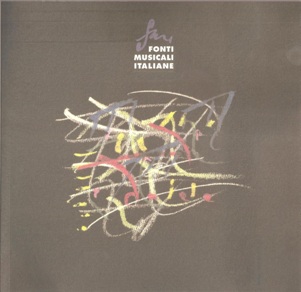Musical instruments in Southern Italy (XVI-XIX centuries)
Abstract
The research on musical instruments may largely benefit from Southern Italian sources, witnessing the existence of many instruments devised or improved in that area, as well as of many inventions successfully exported from.
This study deals either with the description of instruments themselves or the explanation of unusual names found in musical treatises, in literary sources, and in musical scores from Southern Italy.
These instrumental traditions survived for centuries, but eased off - or even arrested - during the last one hundred years, after the political reunification of the Italian Peninsula.
Amongst many others, the following items are discussed: viola 'da arco' and 'da mano' (bowed and plucked vihuela), chitarrino or bordelletto (gittern), chitarra spagnola (baroque guitar), colascione (a long necked 'lute'), tiorba a taccone(quilled theorbo), mandolino, chitarra a sei corde (classic guitar), chitarra-lira (lyre-guitar), lira organizzata (organized hurdy-gurdy), arpa doppia (double harp), sambuca lincea and tricembalo (enharmonic harpsichord and clavichord), cembalo pieghevole (folding harpsichord), spinetta rettangolare (virginal), fortepiano a tangenti (Tangentenflügel), pianoforte, corde (strings), sordellina (Italian musette bagpipe), buttafuoco (a sort of tamburin de Béarn), vox humana(a tenor oboe), tromba da caccia (horn), neocorno (a bugle), armonica and melodium (musical glasses), glasschord (crystallophone), etc.
##submission.downloads##
Pubblicato
Fascicolo
Sezione
Licenza
© CIDIM
Tutti i diritti riservati


